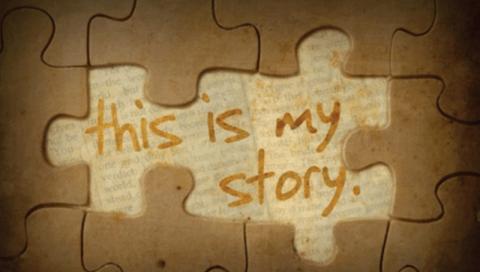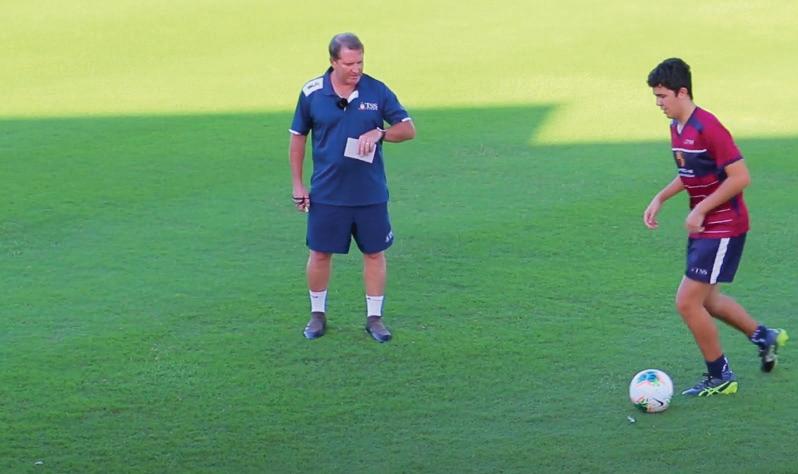2 minute read
3D Printing
Mr Russell Ayres, Robotics Teacher
THIS semester was an exciting new adventure for the Preparatory School’s 3D printing program.
Moving beyond designs that are simply ‘cool’ or ‘fun’ without purpose, Year 6 boys had the opportunity to work on designs that made games more accessible.
Through the program, students were able to discover facts about blindness and low vision in Australia.
Facts such as, there are more than 380,000 people living with blindness or low vision in Australia, whose sight cannot be improved by glasses or surgical treatment.
The boys developed empathy for these individuals, making connections with the idea that empathy can be a strong driver in creating effective designed 3D solutions.
As a warm-up into the process of 3D design, students learned about the Braille system and how it came to be.
They then designed and printed their own 3D printed cubes, with the letters of their name and corresponding Braille on top.
It was then their chance to create their own 3D printed solution to an accessibility issue.
Many board games are created every single day that can only be played by those with adequate levels of eyesight. Often, little thought is given to those that cannot see clearly, or perhaps cannot see at all. Board games are generally colourful with similar playing tokens or pieces, but have the same tactile feel all over.
Armed with the skills of 3D design, the challenge for students was set to create a tactile board game that people with blindness or low vision could play.
The boys designed their board games involving a tile board and matching tiles that could be paired together based on their tactile properties.
Tiles were made up of eight matching pairs, with the aim of lining the tiles up on the tile board with their matching pair.
Year 6 boys excelled at the challenge, coming up with a wide variety of tile designs, easily playable by those with blindness or low vision.
This is just the first step in challenging the boys to create solutions for those who may not be able to do it themselves.
The strong success of the 3D printing unit has opened the possibility of more accessible 3D printing challenges in the years ahead. Something students in the younger years are guaranteed to enjoy in the future, just as much as the Year 6 boys did in 2020.














